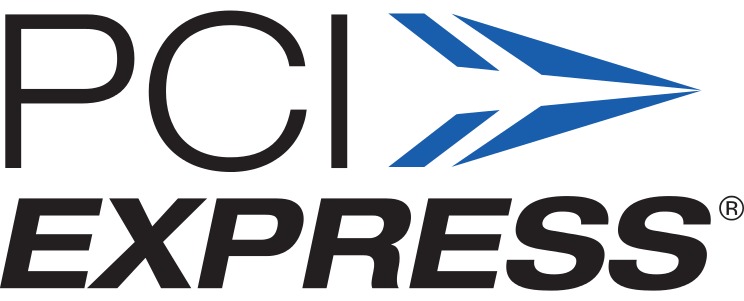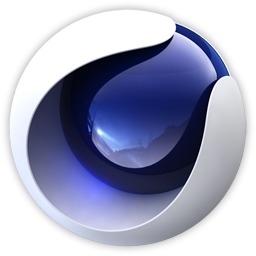Benchmark results demonstrating that PCI-Express x8 vs x16 speeds don’t impact GPU rendering performance.


Benchmark results demonstrating that PCI-Express x8 vs x16 speeds don’t impact GPU rendering performance.

Intel Core and AMD Ryzen processor performance in Autodesk Revit 2018, including both general modeling and rendering performance.
This article looks at the performance of Intel’s Skylake-W and Skylake-X CPUs (including the new Core i9 7920X 12-core) compared to AMD’s Threadripper 12- and 16-core CPUs in the Arnold render engine for Maya 2017.
This article looks at the performance of Intel’s Skylake-X CPUs (including the new Core i9 7920X 12-core) compared to AMD’s Threadripper 12- and 16-core CPUs in KeyShot 7. Several other CPU platforms are also included for reference.

This article looks at the performance of Intel’s Skylake-X CPUs (including the new Core i9 7920X 12-core) compared to AMD’s Threadripper 12- and 16-core CPUs in V-Ray. Several other CPU platforms are also included for reference.

This article looks at the performance of Intel’s Skylake-X CPUs (including the new Core i9 7920X 12-core) compared to AMD’s Threadripper 12- and 16-core CPUs in Cinebench R15. Several other CPU platforms are also included for reference.

In this article we look at a wide range of Intel CPU (processor) options that you might consider in a workstation, to see how they compare in Revit 2017.2.

Dual Xeon workstations are often viewed as powerhouses that can churn through anything you throw at them. With recent changes in both hardware and software, however, it is actually faster and cheaper to use a single CPU workstation. In this article we will look at a number of single and dual CPU setups to show the real-world performance difference in Premiere Pro.

In this article we are going to look at a wide range of Intel CPU options that you might consider in a video editing workstation to see exactly how they compare in Autopano Video Pro 2.6.

The latest video cards often get a lot of press, but unfortunately for content creators (and other professionals), it is almost impossible to find any non-gaming benchmarks. In this article we will be looking at the GTX 1080 TI to see how it perform compared to the GTX 1080 and Titan X video cards in Premiere Pro CC 2017.